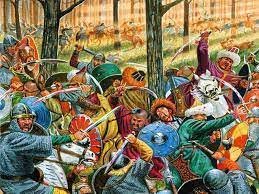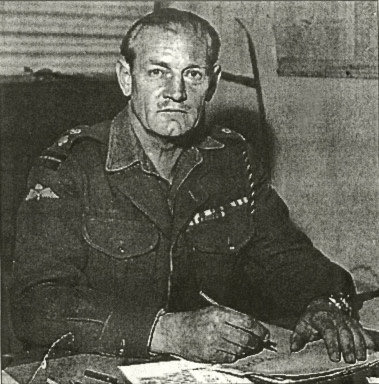
-Battle of Lechfeld 955- 🧵
The battle of Lechfeld was a significant event in the history of europe, because it stopped the raids of the Magyars people.
The battle took place near the city of Augusta, in a plain flanked by the river Lech. (1/6)
#svagaiature #battles #medieval
The battle of Lechfeld was a significant event in the history of europe, because it stopped the raids of the Magyars people.
The battle took place near the city of Augusta, in a plain flanked by the river Lech. (1/6)
#svagaiature #battles #medieval

Otto I arrived with his troops near the city between the 8th and 9th of August. He was joined by the dukes of Bavaria, of Lotharingia, of Swabians and of Bohemia. Otto had at his disposala round 10k heavy cavlry, against around 50k of the enemy light cavalry. (2/6) 

The emeperor knew the strategy of the magyars, as it was similar to the one used by the Hunn: they tried to avoid at all cost a melee fight. The next day Otto arranged his troops in a column diveded by nationality, (3/6)
in the rear he put bohemian and swabian soldiers to guard the supply. The Magyars attacked the back of the imperial army forcing the guarding troops to flee.
The greed of the magyars had the best of them, stopping to loot the supplies. (4/6)
The greed of the magyars had the best of them, stopping to loot the supplies. (4/6)

Taking the chance Otto attacked and destroyed the enemy. He later rearranged the army to form a line to face the enemy, and ordered the charge. It is said that while he was charging he shouted: “they are more than us, I know, but they don’t have our weapon, (5/6)
• • •
Missing some Tweet in this thread? You can try to
force a refresh

















